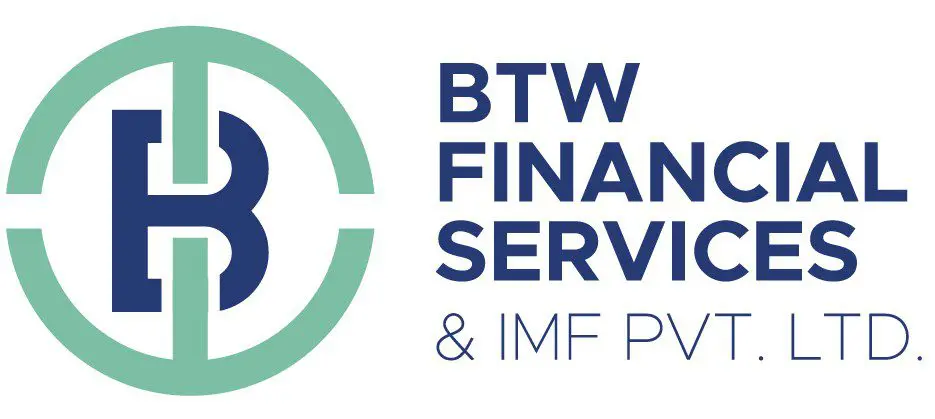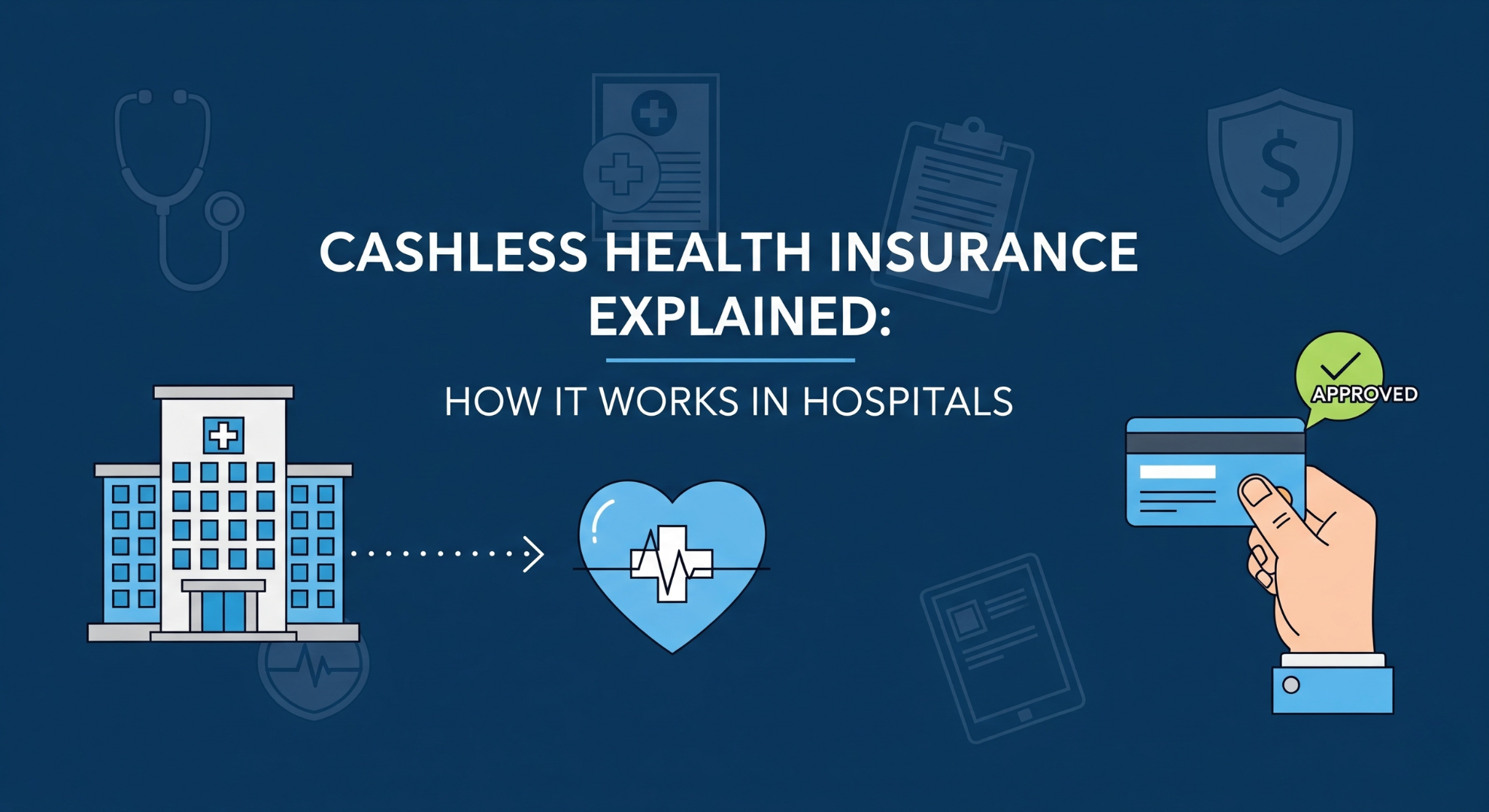
Table of Contents
- Summary
- Introduction
- What Is Cashless Health Insurance?
- How Cashless Health Insurance Works in Hospitals
- Benefits of Cashless Health Insurance
- Limitations and Exclusions in Cashless Health Insurance
- Tips for Using Cashless Health Insurance Smoothly
- Common Mistakes Policyholders Make
- FAQs
Summary
Cashless Health Insurance allows patients to receive treatment without paying hospital bills upfront. Instead, the insurer directly settles expenses with the hospital. This guide explains how cashless health insurance works, its benefits, limitations, and practical tips for smooth usage during hospitalization.
Introduction
Medical emergencies bring stress, but arranging funds at the last minute adds even more pressure. Cashless Health Insurance solves this problem by allowing policyholders to get treated at hospitals without paying immediately. Instead, the insurer clears the eligible bills directly.
Understanding how cashless health insurance works in hospitals helps you make the most of your policy and ensures hassle-free treatment when you need it most.
What Is Cashless Health Insurance?
Cashless health insurance is a facility where the hospital bills are directly settled by the insurer with the hospital.
- Available only at network hospitals partnered with your insurer.
- Covers major expenses like room rent, surgery, medicines, and diagnostics.
- Policyholders only pay for exclusions like consumables, registration fees, or personal expenses.
This makes cashless health insurance one of the most practical features of modern health policies.
How Cashless Health Insurance Works in Hospitals
Step 1: Choose a Network Hospital
Cashless health insurance is valid only at network hospitals tied up with your insurer. Always verify this before admission.
Step 2: Pre-Authorization Process
- Planned hospitalization: Submit a pre-authorization request to your insurer through the hospital.
- Emergency hospitalization: The hospital coordinates with the insurer immediately after admission.
Step 3: Hospitalization & Treatment
Once the insurer approves, treatment begins. Patients don’t need to deposit large sums since bills go directly to the insurer.
Step 4: Settlement Between Insurer & Hospital
The insurer verifies the claim and pays the hospital directly. The policyholder pays only for non-covered items.
Benefits of Cashless Health Insurance
- No upfront payments – stress-free admission during emergencies.
- Access to quality care – no delays due to financial constraints.
- Wide network availability – insurers have ties with thousands of hospitals.
- Peace of mind – focus on recovery instead of financial arrangements.
- Transparent process – insurers directly handle medical bills.
Limitations and Exclusions in Cashless Health Insurance
- Cashless treatment is limited to network hospitals.
- Consumables like gloves, syringes, or food are usually excluded.
- Pre-existing conditions may have waiting periods.
- Incorrect disclosures can lead to claim rejection, even under cashless health insurance.
Tips for Using Cashless Health Insurance Smoothly
- Carry your health card or policy number at all times.
- Confirm whether the hospital is a part of your insurer’s cashless network.
- For planned treatments, submit pre-authorization early.
- Maintain copies of all medical records and bills.
- Understand your policy’s exclusions and sub-limits.
Common Mistakes Policyholders Make
- Assuming cashless health insurance works in every hospital.
- Forgetting sub-limits like room rent caps.
- Not renewing policies on time, causing lapses.
- Hiding medical history, leading to rejection.
FAQs
1. Can I use cashless health insurance at any hospital?
No, cashless health insurance works only at network hospitals tied up with your insurer.
2. What if the hospital is outside the network?
You must pay the bills first and then apply for reimbursement.
3. Does cashless health insurance cover everything?
It covers policy-approved expenses, but consumables, registration charges, and exclusions must be paid by you.
4. How fast is the pre-authorization process?
For planned treatments, usually 1–2 working days; for emergencies, within hours.
5. Can cashless health insurance cover pre-existing conditions?
Yes, but only after you complete the policy’s waiting period.







